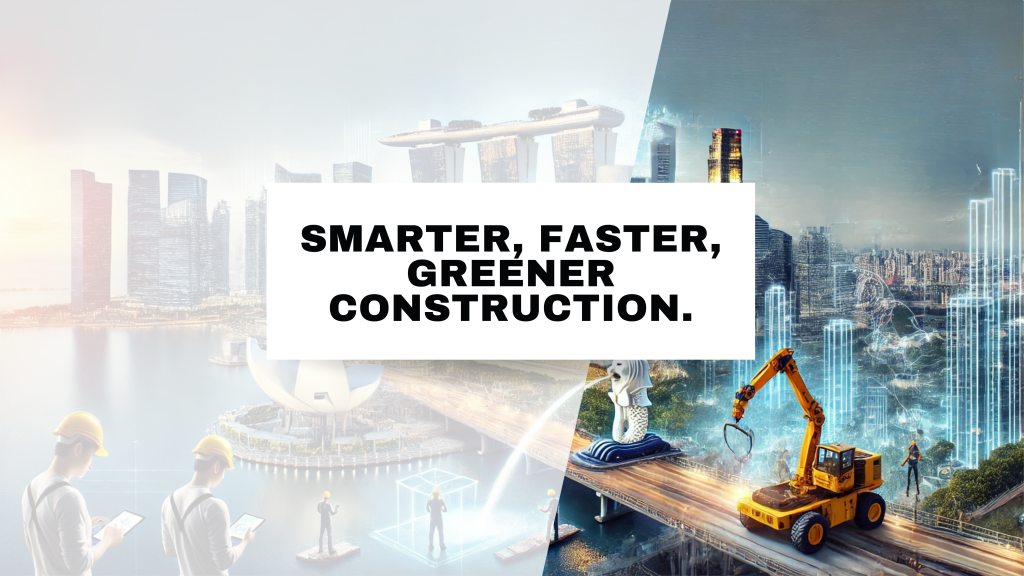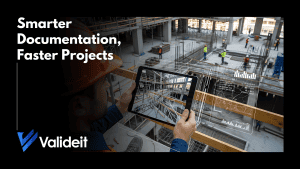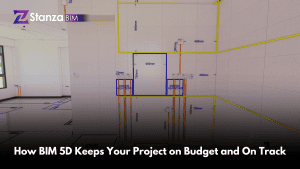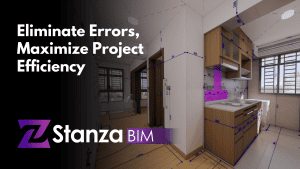Singapore’s Building Information Modeling (BIM) and Integrated Digital Delivery (IDD) are not just digital technologies, but a collaborative force that is revolutionizing the construction sector. IDD is a system designed to connect processes, stakeholders, and technology in an integrated and data-centric way. BIM, at the heart of this revolution, is the platform on which IDD is based, fostering enhanced collaboration, efficiency, and sustainability in the built environment.
BIM gives a digital description of the physical and functional attributes of a building, which architects, engineers, and contractors can use as a common data-rich model for collaboration during the project lifecycle. Singapore’s IDD, a system meant to link processes, stakeholders, and technology in an integrated and data-centric way, goes one step further by putting BIM within the larger system of digital construction technologies. This larger system includes tools for design, fabrication, assembly, and facility management, all interconnected to create a seamless flow of information, eliminating inefficiencies and enhancing project results.
For Singapore’s building industry, the use of IDD driven by BIM brings immediate and practical advantages. Improved cooperation among the parties is one of the most tangible benefits. Historically, miscommunication and data silos have led to expensive mistakes and construction project delays. Now, every project participant, from developers and designers to contractors and facilities managers, can access current, correct real-time information using BIM included in IDD. This level of transparency significantly reduces rework, improves processes, and helps to minimize mistakes, directly impacting the quality and efficiency of your work.
Another main benefit of this integration is higher efficiency. BIM-enabled IDD has helped prefabrication and design for manufacturing and assembly (DfMA) techniques become increasingly common. Manufacturing accuracy and assembly ease help components be built more efficiently, enhancing productivity and lowering waste. The adoption of cloud-based BIM collaboration solutions enables teams to work remotely while preserving synchronized progress, which is absolutely important in modern construction.
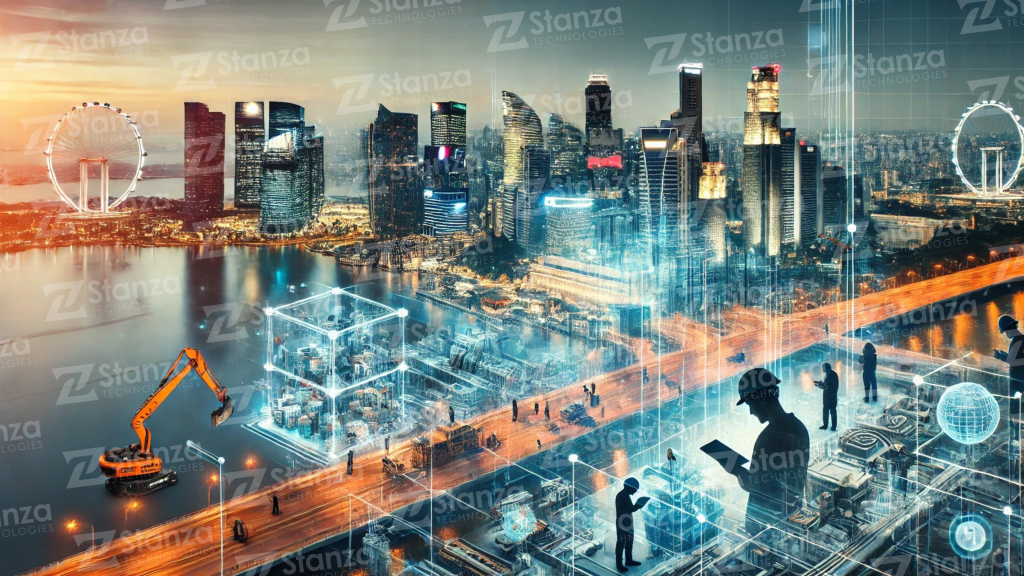
Beyond efficiency, one important result of this digital development is sustainability. Using BIM inside IDD helps building projects that include early sustainable design ideas, such as incorporating natural lighting, optimizing energy use, and reducing waste. Data-driven simulations enable assessments of carbon footprint, material use, and energy use, among other things. This guarantees that sustainability goals are reached, therefore supporting Singapore’s larger vision of a more ecologically friendly urban scene.
Looking ahead, IDD and BIM in Singapore hold the promise of even more exciting developments. Embedded within BIM models, artificial intelligence and machine learning are set to enable predictive analytics, enhancing risk reduction and project planning. Accurate BIM data will further promote automation in construction, especially with the emergence of robotics and autonomous systems, which will reduce reliance on manual labor and improve job site safety. The future of construction in Singapore is not just digital, but smart and innovative.
IDD and BIM are essential facilitators of an industry-wide revolution as Singapore pushes the limits of digital construction. In addition to enhancing existing procedures, their integration is setting the stage for a smarter, more networked built environment that will revolutionize the planning, development, and maintenance of infrastructure and buildings. These technologies are reshaping the construction industry and establishing a model for other nations to follow as they embark on their digital transformation.
